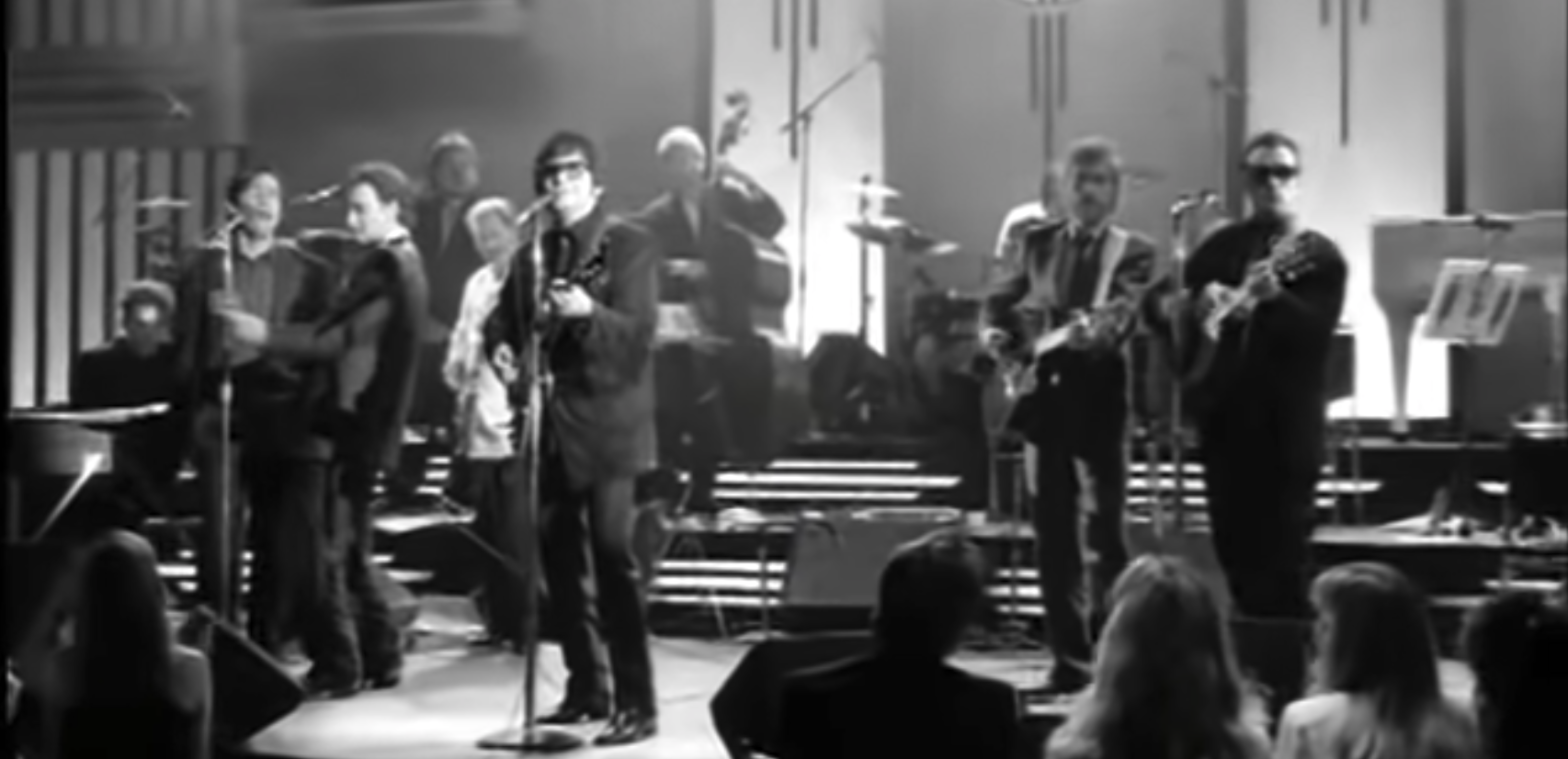Roy Orbison – ‘Oh, Pretty Woman’ bass transcription
Released in August 1964 and topping the charts on both sides of the Atlantic, ‘Oh, Pretty Woman’ became one of Roy Orbison’s biggest hits. In addition to the chart success, the song later appeared on film soundtracks, a Broadway musical, and received numerous awards including the Rock and Roll Hall of Fame’s ‘500 Songs That Shaped Rock and Roll’.
You know how the original sounds, but did you catch this? I’m not sure how I feel about it, but it’s certainly better than their version of ‘Dancing in the Street’.
Six decades after its release, ‘Oh Pretty Woman’ continues to find its way onto the set lists of cover bands. Although it sounds simple at first, the song contains some odd structural elements and key changes that can make it difficult to navigate and memorise. What’s the old saying? If in doubt, write it out:
Roy Orbison – ‘Oh, Pretty Woman’ bass transcription pdf
Nashville studio heavyweight Henry Strzelecki played upright bass on the recording, matching the signature guitar part note-for-note and supplying solid, supportive lines in the verse and bridge sections.
‘Oh, Pretty Woman’ Performance Notes
The unison riff of ‘Pretty Woman’ is probably the most technically challenging aspect. The riff outlines an E7 arpeggio (E, G#, B, D) with an added 9th (F#); this will probably sound very similar to The Beatles’ ‘Day Tripper’ as both riffs outline the same chord. If you’re opting to play the riff using the open D string then some careful fretting hand muting is required to silence the D string at the exact moment that you pluck the next open E string.
Watch out for the 2/4 bars and the E#s in the verse. Other than that, just remember to count the bars, particularly at bar 55 onwards.

